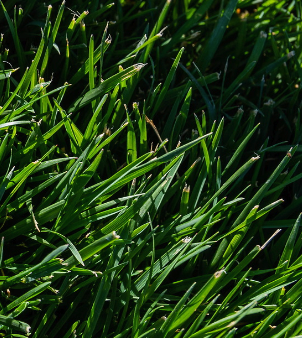For more details about an impact, contact information for NMSU ACES faculty and staff is available at the online directory.
For general questions regarding impacts in this database, please contact Claire Montoya at ccortner@nmsu.edu.

Drought-Modulated Herbicide Responses in Turfgrass Weed Management
Effective water management is a critical challenge faced by turfgrass managers in arid regions worldwide and periodically in temperate zones. Governments have responded to reduced water supplies by implementing policies that restrict potable water use for non-essential purposes. Despite ongoing efforts to reduce water consumption and showcase water conservation in turfgrass management, additional water restrictions will persist, limiting turfgrass water use. To mitigate the impact of drought on turfgrass appearance, managers must adapt primary cultural practices for both short- and long-term drought periods to maintain healthy and playable turfgrass areas. An intriguing aspect of water-centered plant physiological interactions occurs with herbicide impacts on desired and undesired plants exposed to suboptimal irrigation amounts, leading to changes in plant water status and altered physiological growth, thereby affecting herbicide tolerances. Conducting field and greenhouse experiments, our research aimed to assess the efficacy of commercially available herbicides on turfgrass weeds and their potential injury to desired turfgrass species. By subjecting turfgrass and weeds to various irrigation amounts through a unique irrigation system, we precisely determined the irrigation required to maintain acceptable turfgrass quality under herbicide treatments. For instance, the research revealed that injury to desired turfgrasses increases as irrigation amounts decrease. Simultaneously, the irrigation system helped us investigate whether herbicide efficacy is influenced by the water status of weeds. In cases where plant death is desired for weed control, responses varied, with some weeds exhibiting increased control under reduced irrigation stress, while in others, drought stress hindered herbicide entry and movement, diminishing overall efficacy.